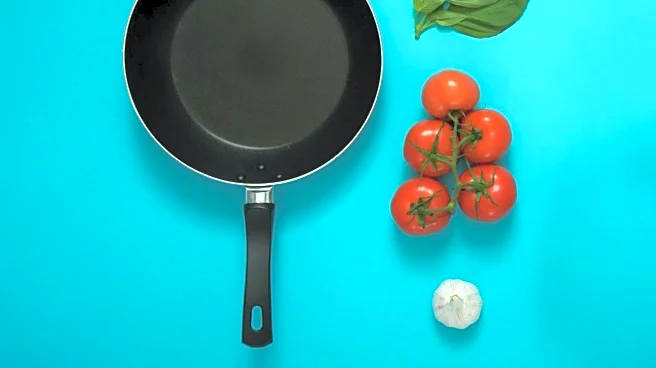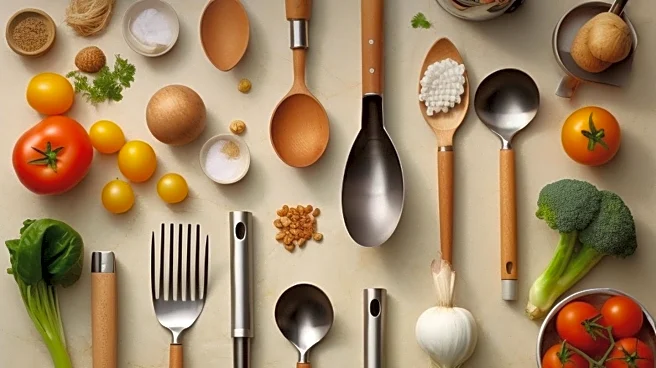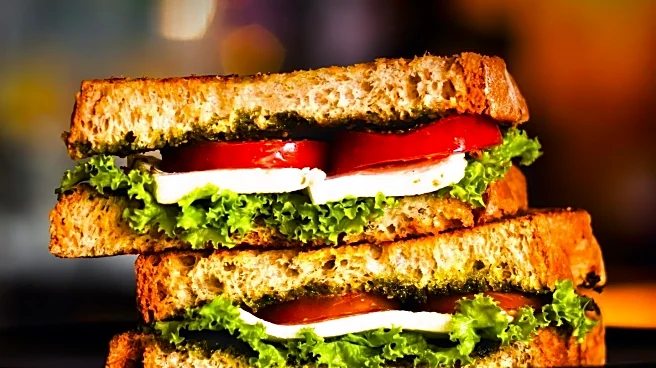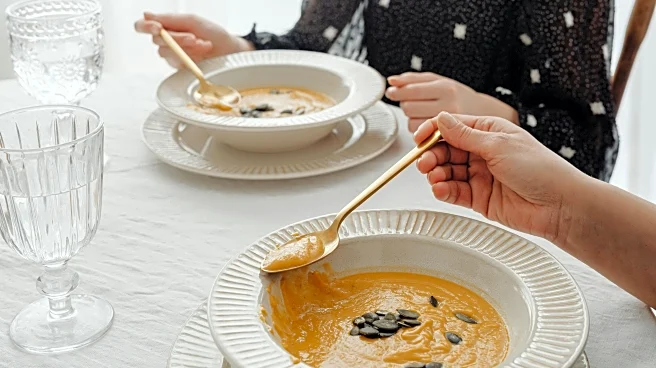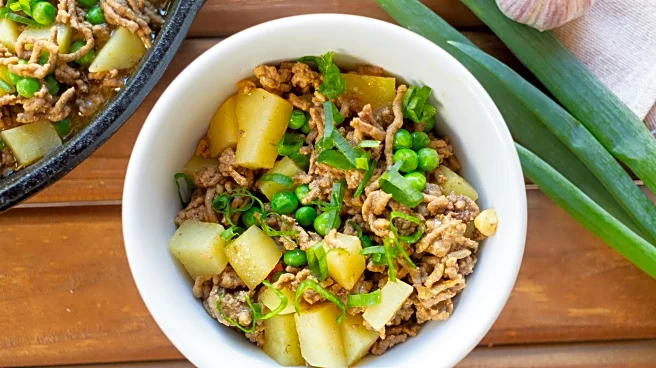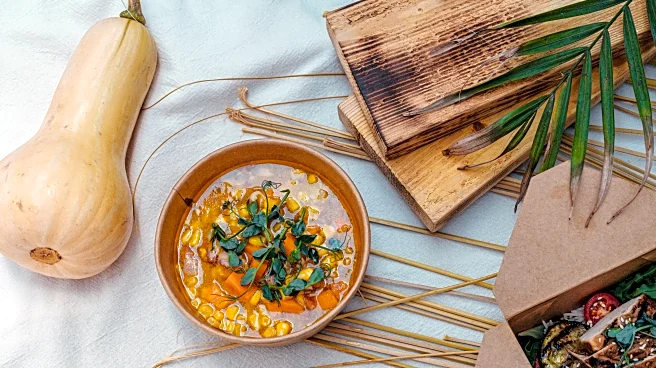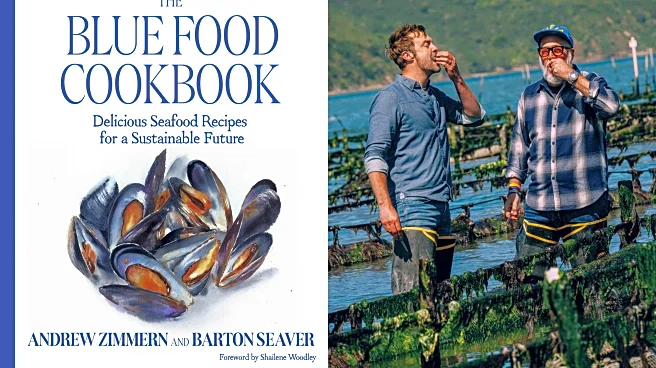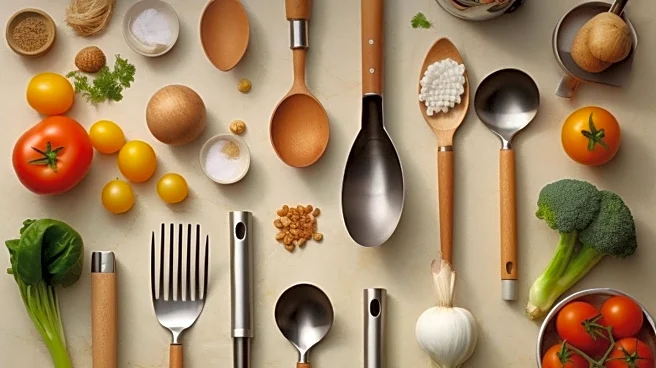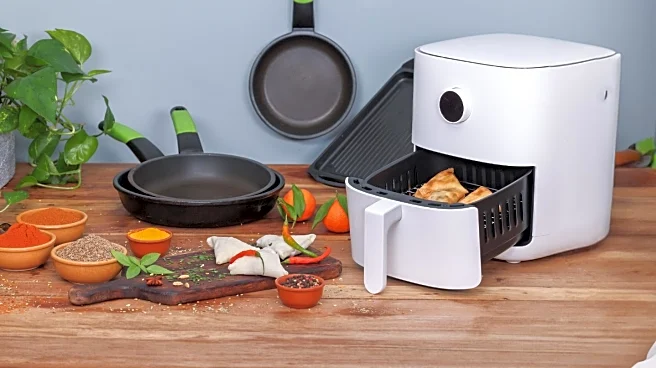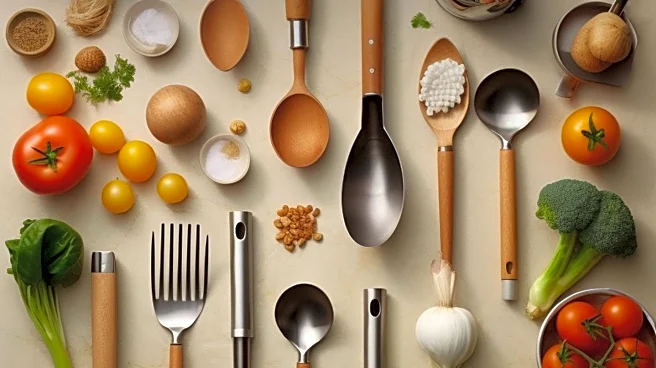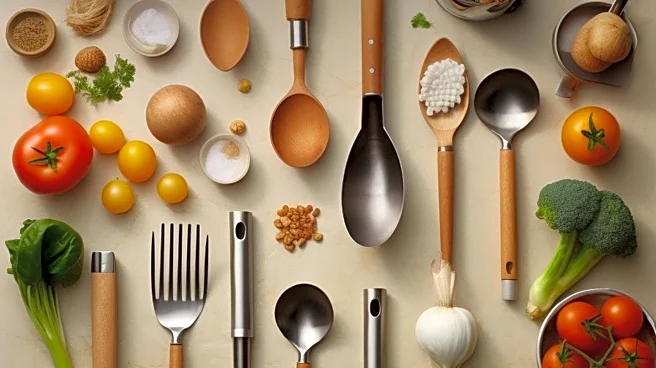What's Happening?
Chef Richard LaMarita, a chef-instructor at the Institute of Culinary Education in New York City, has highlighted the limitations of nonstick pans in cooking certain foods. According to LaMarita, nonstick pans are not suitable for cooking foods that require
high heat for proper searing and caramelization, such as meats, fish, and most vegetables. The nonstick coating is designed for low to medium temperatures, which prevents the development of the Maillard reaction necessary for a flavorful crust. Additionally, cooking acidic foods like tomato sauce or dishes with vinegar can corrode the nonstick surface over time. LaMarita recommends using stainless steel, carbon steel, or cast iron pans for these types of cooking tasks to achieve better flavor and texture.
Why It's Important?
The advice from Chef LaMarita is significant for home cooks and culinary professionals who seek to optimize flavor and texture in their dishes. Nonstick pans, while convenient for cooking delicate foods like eggs and pancakes, can lead to suboptimal results when used for searing or caramelizing. This guidance can help cooks avoid damaging their cookware and ensure the longevity of their kitchen tools. By understanding the limitations of nonstick pans, cooks can make informed decisions about which cookware to use for different cooking techniques, potentially improving the quality of their meals and preserving the integrity of their kitchen equipment.
What's Next?
Cooks may consider investing in alternative cookware such as stainless steel or cast iron pans to expand their culinary capabilities. As awareness of the limitations of nonstick pans grows, manufacturers might innovate to create more versatile nonstick options that can withstand higher temperatures. Additionally, culinary schools and cooking classes may incorporate this knowledge into their curriculum, educating future chefs on the importance of selecting the right cookware for specific cooking methods.
Beyond the Headlines
The discussion around nonstick pans also touches on broader themes of kitchen safety and environmental impact. Nonstick coatings can degrade over time, potentially releasing particles into food, which raises health concerns. Moreover, the production and disposal of nonstick cookware have environmental implications, prompting consumers to consider more sustainable options. This conversation may lead to increased interest in eco-friendly cookware and cooking practices.
